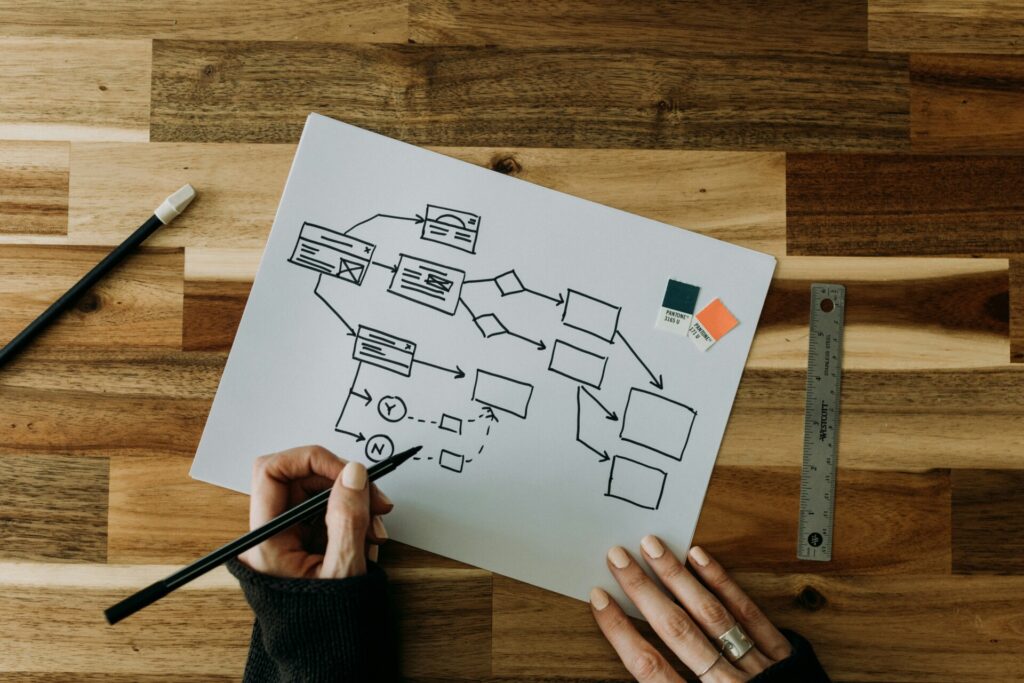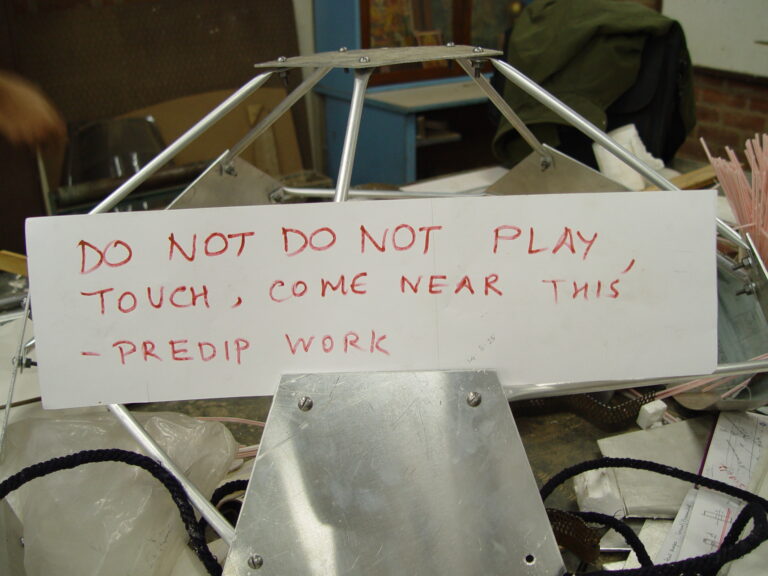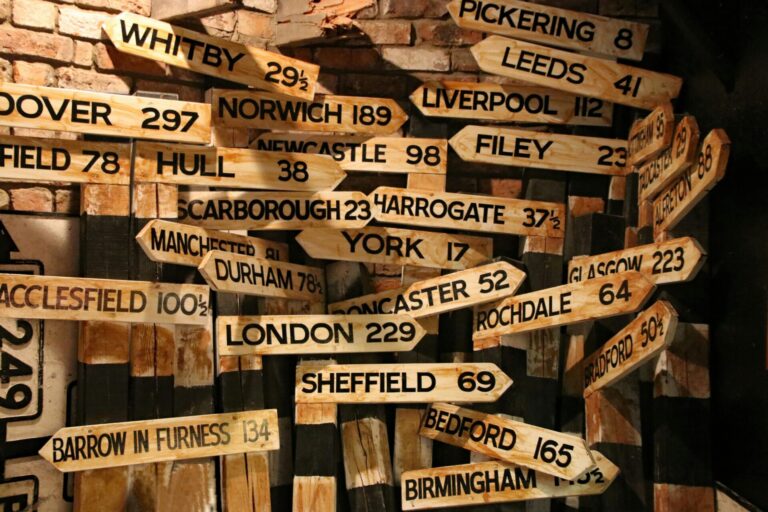What is user flow?
User flows are the multiple paths customers take to explore and buy your products. Think Walmart or Costco. Or think of a large exhibition and how you naturally move through the exhibition without having to look consciously for displayed artwork. It all appears so easy and effortless. But that is made possible only when the curator and designer have thought through how to carve an easy path for visitors to move around seamlessly and enjoy the browsing experience. You carry this positive experience out with you and likely tell your friends about it. They visit and thoroughly enjoy the whole experience and the entire process gets repeated.
Now visualize this journey in a virtual space. While an offline exhibition could have just 2-3 goals like browsing, purchasing and registration, online journeys are usually tied to multiple objectives, for instance, signing up, availing of the new registration discount, browsing, purchasing, signing up for a newsletter…you get the drift. The user journey could vary depending on the entry point. Again, the entry point could vary depending on whether the user is landing on your website the organic way or via paid promotion.

Image Credits: unsplash
Why does user flows matter?
User flows are designed to streamline this complexity and encourage visitors to perform the intended actions which may include returning to their abandoned cart to complete a purchase or utilizing a discount coupon to buy an item they expressed interest in during an earlier visit.
User flows and user journey maps
When discussing user flows, it is common to include ‘user journey maps’ in the conversation. User journey maps provide a bigger picture for understanding the overall user experience and identifying areas of improvement.
By utilizing both these tools, designers can produce more effective and productive user-focused products. In other words, user flows define the “what” while user journey maps answer the “why” and “how” of a user’s experience. A thorough understanding of user flows and user journey maps let designers craft products that not only satisfy users but also contribute to business success.
Who creates user flows?
A UX designer can extract basic information from UX research and use it to create a user flow. The user flow should identify and mark all the entry points and critical decision-making points.
Well-designed user flows can make the journey seamless, intuitive and enjoyable for the user increasing the chances of conversions. However, a badly designed user flow can do a lot of harm to the business. When user flows are not intuitive, they leave the visitor confused and frustrated. And unhappy visitors are less likely to return to your website or recommend it to others. In other words, they mean card abandonments, lower conversion rates and decreased sales. In short, a tarnished brand reputation.
How can Maya Studios help your business grow?
As a leading UX and product design agency, committed to helping businesses optimize their user experiences and drive business growth, Maya Studios can help you in several ways. For instance, we conduct thorough research to identify user needs, frustrations, and areas for improvement. We leverage advanced analytics to understand user behaviour and spot bottlenecks. Another way we can help your business is through usability testing where we observe users interact with your product, conduct experiments with different design variations and continuously refine your product based on user feedback and data-driven insights. These tools can effectively help in optimizing user journeys and maximizing conversions.
By partnering with Maya Studios you can be sure that your customers will be happy and satisfied. With our expertise, we can optimize your website to drive more conversions and sales, help you build long-lasting relationships with your customers and maximize your Return on Investment (ROI).
For further inquiries or clarification or even if you simply want to brainstorm, call us. We will be happy to connect with you and help you achieve business growth and happy customers.


